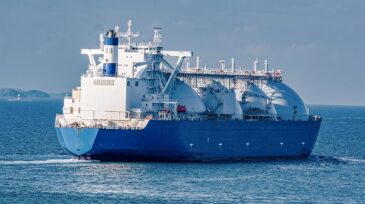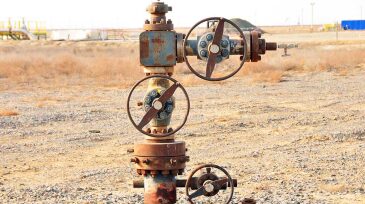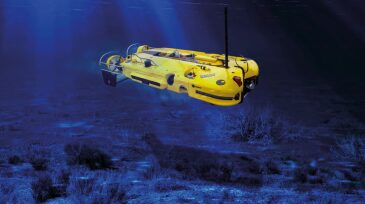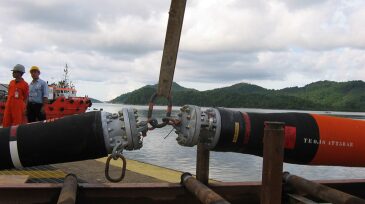Onshore/Offshore Facilities
DTEK has delivered its first US-sourced LNG shipment through Lithuania to supply Ukraine and neighboring countries this winter.
Sponsored
Advance your career with the new Pipeline Engineering Program at the Technical University of Leoben, a 5-month course combining on-campus and online learning, integrating industry expertise, engineering practice, and future-ready skills for professionals in oil, gas, and emerging energy systems.
Plans call for license partner Aker BP to serve as operator during the development phase, with operatorship reverting to DNO after first oil in 2028.
-
This paper presents a methodology that begins by determining the ADE in the laboratory. Moreover, asphaltene-deposition rates for the tubing conditions can be measured using high-pressure/high-temperature coaxial-cylinder technology.
-
Air Products, BHGE, Norsafe, and Sofec won contracts for Eni’s Coral South FLNG project in Mozambique.
-
LNG as a fuel source has been an energy staple for many Asia-Pacific countries for decades, and is increasing in importance in other regions as countries look to diversify their energy mix.
-
Sensor systems for pipeline inspections from Ingu and Rheidiant are among the initial selections to receive funding under Chevron’s CTV Catalyst Program.
-
Baku Shipyard completed the sea trials of BP's subsea construction vessel Khankendi, which is being constructed for the Shah Deniz Stage 2 project.
-
Colorado Gov. John Hickenlooper has announced a 7-part plan to improve safety, with plugging of orphan wells at the top of the list.
-
WiSub will lead a consortium with Statoil, Kongsberg, Saab, and other companies and universities to develop a standardized interface for AUV docking with subsea structures, as well as bi-directional power transfer to help charge sensor networks.
-
The US is emerging as a gas-exporting nation, and that is going to mean big changes globally.
-
Global trade for LNG is projected to rise by 50% by 2020. There is a clear acceleration in demand for small- and medium-scale LNG, necessitating splitting of LNG into smaller load parcels. Transfer methods applicable to deeper water, smaller LNG carriers, and harsh environments are critical.
-
Emphasis on identifying more-efficient subsea boosting solutions has led to a number of initiatives in the industry.













